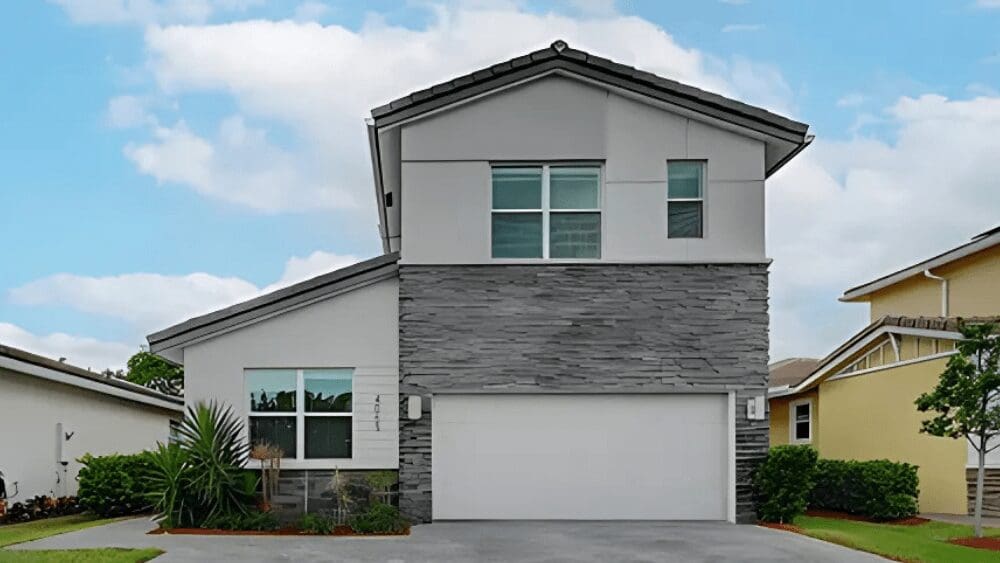
When you decide to buy your first home, you’re probably hoping that you could rely on the first time homebuyer credit for some help. We hate to be the bearer of bad news, but that program is no longer in effect. But, don’t despair because there are other government programs and tax credits that can help you find your first abode. In 2008, the Obama administration passed the Housing Economic and Recovery Act (HERA) to help homebuyers purchase their first home, despite the financial crisis the country was going through at the time. With so many instances of foreclosures and mortgage defaults, there weren’t very many homebuyers in the market, and lending standards were tight. The concept of this program was to decrease closing costs and moving expenses. The first-time homebuyer credit was a provision under HERA, where qualifying individuals and couples could receive a tax credit if they were purchasing a new primary residence home between April 8, 2008, and September 30, 2010. Depending on when the house was purchased, there were a few different versions of the credit offered to buyers. With that said, a buyer’s eligibility would be determined based on the closing date of the transaction. When the credit was first made available, new homeowners could receive a credit of 10% of the home’s purchase price, up to $7,500. They would have to repay that money — interest-free — over the course of 15 years in equal installments. Eligible single homebuyers couldn’t earn more than $75,000, and married homebuyers couldn’t make more than $150,000. The credit increased on November 6, 2009, where new homeowners could receive a credit up to $8,000 without being required to pay the money back ㅡ as long as they stayed in the home for at least three years. Eligible single homebuyers couldn’t earn more than $125,000, and married homebuyers couldn’t make more than $225,000. If the homebuyers moved out before the three years, they were required to pay the money back in full. The first-time homebuyer credit ended on April 30, 2010, but still allowed people to claim the credit if their closing date was on or before September 30, 2010. Unfortunately, there aren’t any federal first-time homebuyer credit programs available for new homebuyers today. Although there isn’t a first-time homebuyer tax credit available today, that doesn’t mean you’re entirely out of luck. There are still some federally-backed mortgage programs designed for first-time homebuyers that can help. These federal loans often have less restrictive qualification requirements and often are more affordable than other mortgage options. The Federal Housing Administration (FHA) supports a home loan program that helps buyers who aren’t qualified for a conventional home loan. The FHA insures lenders so that they’ll feel more confident when lending to someone who’s considered a higher-risk. Applicants for a FHA loan may have better odds of getting approved for a mortgage through this program as they may be eligible for a lower down payment and be able to qualify with a lower credit score. Keep in mind, if you opt for an FHA loan, you will be required to pay mortgage insurance if you’re not able to bring a 20% down payment to the table. Some of this is taken care of at closing, and the rest is charged in monthly payments. To qualify for an FHA loan, applicants must: The U.S. Department of Agriculture has a program called the Section 502 Direct Loan Program, which helps people with low- to very-low incomes purchase a home. The program offers qualified homebuyers with the opportunity to find suitable housing in eligible rural areas. Julene Webb, a top real estate agent in Idaho with more than 20 years of experience, states, “The USDA loan is great because it can help you make that first purchase with a lower down payment. We have a few programs that accomplish what the first time homebuyer’s credit did.” The benefit of applying for this type of loan is that it’s 100% financed, which means you don’t have to put any money down. Along with 100% financing, homebuyers may qualify for payment assistance, which could lead to a mortgage interest rate as low as 1%. If you’re interested in a home in a more rural area and are considering this type of loan, the property you’re looking at: To qualify for an USDA 502 loan, applicants must: A Veteran’s Affair loan (also known as a VA loan) is a particular type of mortgage available to military veterans, or their surviving spouses to obtain affordable housing. Ninety percent of the loans backed by the VA require no down payments, which can be a great help for those who have visions of being a homeowner. There are a few different types of VA loans you might be eligible for: To figure out what loan would be suitable for your needs, we recommend talking with your real estate agent about your options. To qualify for a VA loan, homebuyers should fall into one of the following categories: Along with these federally backed loans, you have the option of applying to government-sponsored enterprise (GSE) programs for low-income homebuyers. For example, Fannie Mae has the HomeReady program (fact sheet) that requires only a 3% down payment, and you can even have family members apply as co-borrowers to help improve the chances for approval. Then you have Freddie Mac’s program called Home Possible (fact sheet) that requires the same 3% down payment, but borrowers also have the chance to use “sweat equity” to pay the down payment and closing costs. Any money you spend on materials to repair the home you’re purchasing or any repairs you do to the house can count as money paid toward those expenses. We mentioned loans that can help make buying a home more affordable, but let’s not forget that there are tax breaks that all homebuyers, including first-time homebuyers, can qualify for, too. Homeowners can deduct the interest they pay on their mortgage when they file taxes. For mortgages taken out before December 16, 2017, you can deduct up to $1 million of mortgage interest ($500,000 if you’re married and file separately). For any mortgage loans taken out after December 16, 2017, homeowners can only deduct up to $750,000 of interest ($375,00 if you’re married and file separately). If you make improvements to your home that’ll make your home more energy-efficient, you may qualify for tax credits to help with the costs. Depending on the improvements you make, you could get 10% credit for cheaper improvements like replacing windows, installing better insulation, and updating the HVAC system. For more extensive improvements, like installing solar panels, wind, or geothermal systems, you could get a 30% credit. As a homeowner, you can deduct the local property taxes of your primary residence every year. If you have a second home, you can even deduct those property taxes too! Mortgage points are fees that a homebuyer can pay their mortgage lender upfront to get a lower interest rate. One mortgage point typically costs 1% of the loan amount and reduces your rate by around 0.25%. Your points may qualify for tax deductions if you’re able to meet specific parameters. If you have to withdraw money from your retirement account, you may get hit with a 10% early withdrawal penalty. However, if you’re a first-time homebuyer, you can withdraw up to $10,000 and use it toward a down payment for a new home. Of course, this depends on the type of IRA you have. We strongly recommend consulting with a financial advisor before messing with your retirement plan. Although the first time homebuyer credit isn’t available for today’s new homebuyers, there are plenty of other options available that can help. “The first thing you have to do is reach out to your mortgage originator, talk to them about what your goals are, and then they’ll tell you your options in the area you’re considering. The loan programs are always changing, so the originator is going to stay on top of that and will let you know what your best options are,” Webb advises. Rural developments are a good example of an option for first-time buyers “because you can choose to drive fifteen minutes further and get 100% financing ㅡ or the FHA loan, where you’re getting a grant to help you with your down payment and closing costs,” she adds. When you choose a loan program designed to help first-time homebuyers, buying a home becomes a little bit easier…and even a little more affordable, too.What is the first time homebuyer credit?
Is the first-time homebuyer credit still available?
Are there other options similar to the first-time homebuyer credit?
FHA loans
USDA loans
VA loans
GSE programs for first-time homebuyers
Tax breaks even first-time homebuyers can claim
Mortgage interest deduction
Residential energy credits
Property tax deduction
Mortgage points
Penalty-free withdrawals from IRA for first-time homebuyers
Buying a home after the first-time homebuyer credit



